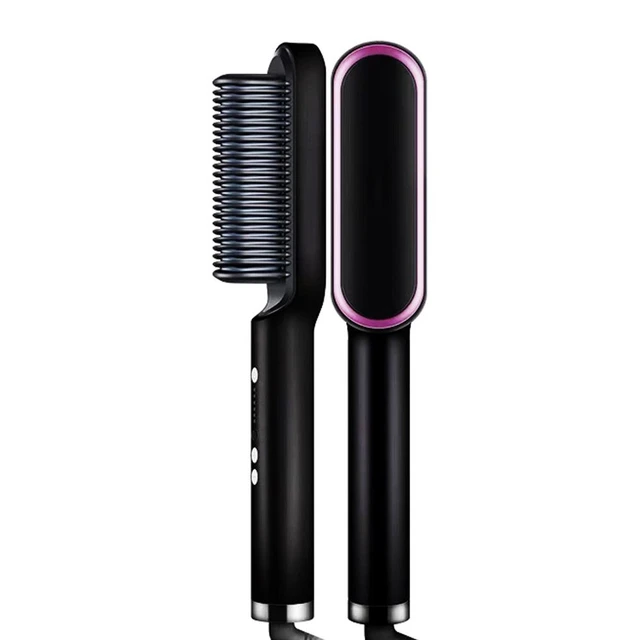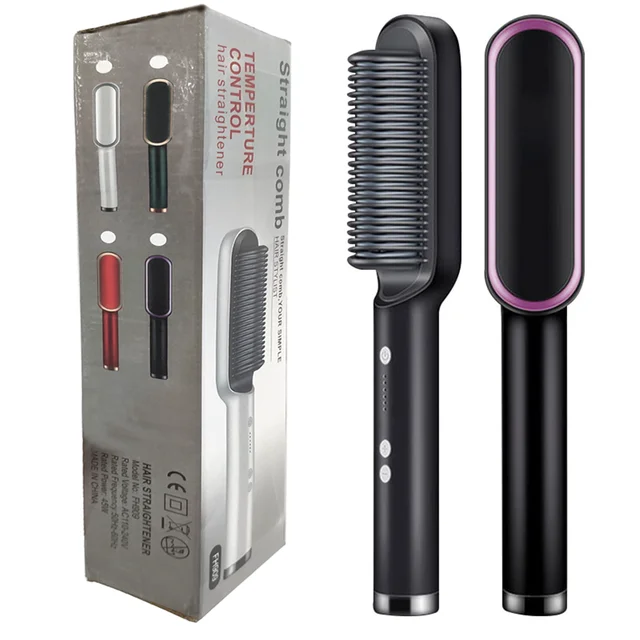Introduction
Discovering a lice infestation can be distressing, and it often leads to questions about the best course of action for treatment and prevention. One common question is whether straightening the hair can effectively eliminate lice. In this guide, we will provide an in-depth analysis of straightening hair with lice, exploring considerations such as heat treatment effectiveness, safety concerns, and the role of complementary treatments to help you make an informed decision.

Should I straighten my hair if I have lice?
Understanding Lice and Their Life Cycle
1.1. Lice Infestation
Lice are small parasitic insects that infest the scalp and cause itching and discomfort. They spread through direct head-to-head contact and can quickly multiply if not treated promptly.
1.2. Lice Life Cycle
Lice have a life cycle that includes three stages: eggs (nits), nymphs, and adult lice. Nits are firmly attached to the hair shaft near the scalp, while nymphs and adult lice move freely on the scalp.
1.3. Challenges with Nits
Nits are the most challenging stage to eliminate as they are firmly attached to the hair shafts and require thorough removal or treatment to prevent further infestation.
Effectiveness of Heat Treatment on Lice and Nits
2.1. Heat Treatment Concept
Heat treatment, including the use of hair straighteners, has been suggested as a potential method for killing lice and nits. The high temperatures generated by straighteners can dehydrate and kill lice and nits by disrupting their internal structures.
2.2. Potential Effectiveness on Nits
While heat treatment can be effective in killing live lice, its effectiveness on nits is more limited. Nits are protected by a hard shell and are often difficult to remove even with heat exposure. Heat treatment alone may not be sufficient to eliminate all nits, and manual removal or additional treatments are recommended for thorough lice removal.
Safety Concerns and Considerations
3.1. Scalp and Hair Damage
Using high temperatures from hair straighteners can pose risks to the scalp and hair. Prolonged exposure to excessive heat can lead to scalp burns, hair damage, or even hair breakage. It is crucial to prioritize safety and take precautions to prevent any potential harm.
3.2. Proper Straightener Usage
If you choose to straighten your hair while dealing with lice, follow these guidelines:
- a) Use a high-quality straightener with adjustable temperature settings.
- b) Start with the lowest effective temperature and avoid excessive heat.
- c) Apply a heat protectant spray or serum to the hair before straightening to minimize damage.
3.3. Minimizing Heat Exposure
To minimize heat exposure and potential damage during straightening with lice:
- a) Limit the number of passes with the straightener on each hair section.
- b) Avoid direct contact of the straightener plates with the scalp.
- c) Keep the straightener moving along the hair shaft to prevent overheating.
Complementary Treatments for Effective Lice Removal
4.1. Manual Nit Removal
Using a fine-toothed lice comb is essential for effective lice removal. Comb through the hair section by section, starting as close to the scalp as possible. Wipe the comb on a tissue or paper towel after each pass to remove any captured lice or nits.
4.2. Medicated Treatments
Consult a healthcare professional or pharmacist for suitable medicated treatments. These treatments often come in the form of shampoos or lotions that contain pediculicides, which are specifically formulated to kill lice and nits. Follow the instructions carefully when using medicated treatments.
4.3. Household Cleaning and Prevention
To prevent reinfestation and ensure effective lice removal:
- a) Wash and dry all bedding, clothing, and personal items that may have come into contact with lice.
- b) Vacuum upholstered furniture, car seats, and any other areas where lice may have been present.
- c) Encourage good personal hygiene and educate family members about the importance of not sharing personal items such as brushes, hats, or hair accessories.
Consulting a Healthcare Professional
5.1. Seeking Professional Advice
If lice infestation persists despite diligent at-home treatments, seeking advice from a healthcare professional is recommended. They can provide additional guidance, evaluate the situation, and prescribe or recommend stronger treatments if necessary.
5.2. Considerations for Children or Individuals with Sensitive Scalps
If the affected individual is a child or has a sensitive scalp, it is particularly important to consult a healthcare professional. They can provide appropriate guidance, recommend gentle treatments, and address any concerns specific to the individual’s needs.
Conclusion
While using a hair straightener as a heat treatment method for lice may seem appealing, it is essential to consider its limitations and potential risks. While heat treatment can kill live lice, it may not be as effective in eliminating nits, which require additional measures such as manual nit removal or medicated treatments. Safety precautions must be taken to avoid scalp or hair damage during straightening.
Combining heat treatment with other complementary methods, such as manual nit removal and proper cleaning and prevention measures, is crucial for successful lice removal. If lice infestation persists or if there are concerns about safety or scalp sensitivity, consulting a healthcare professional is recommended for appropriate guidance and treatment options.

Leave a Reply